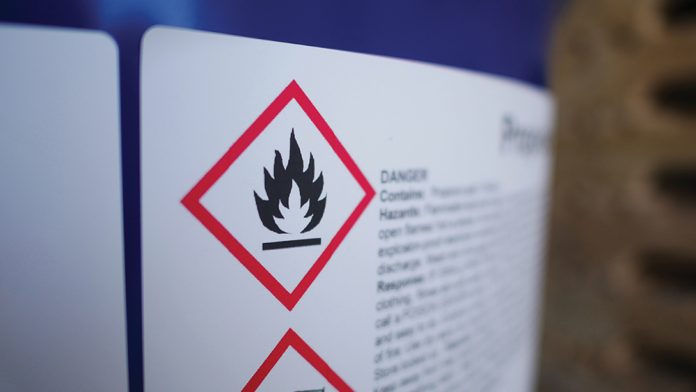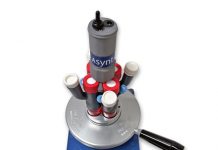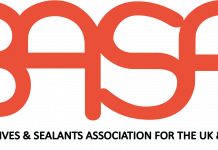With the changing landscape of the current economy and companies diversifying their offerings to ensure sales continuation, Dura-ID is on hand to assist with what needs to be included on your chemical labels.
There are currently potential updates to the GHS labelling system up for debate in the European Parliament, but that doesn’t mean the changes will take effect within the next 12 months.
When it comes to the safe transit, storage and usage of hazardous and non-hazardous chemicals, labelling solutions take on added importance. For those working with these chemicals on a daily basis, the labels used are the main tool of communication when it comes to classifying these hazardous mixtures and substances, and ensuring their correct use, storage and disposal.
Best Practice Labelling
With a variety of uses, your labels can provide usage instructions, keep users safe and aid with your marketing effort. The clearness and conciseness of your labels; depending on the substance inside; could be paramount to saving or altering a person’s life.
This means the information presented on your label is critical. We talk about critical information, but what do you actually need to include? Dura-ID advises on ideal chemical labelling regularly, so they have compiled a list for you to work through if you need GHS-compliant labels in line with CLP recommendations.
Non-Hazardous Chemical Labelling
Non-hazardous Chemical means any element, compound or mixture of elements and/or compounds which do not present a Physical Hazard or Health Hazard as indicated by the Safety Data Sheet (SDS). These products are still governed by CLP and GHS.
Non-hazardous chemical labels must:
1. Include product name and supplier identification information – there is no need to include signal words, pictograms or hazard statements on your non-hazardous chemical, but it is good practice to still include the above information to ensure workers and operators know what is inside.
2. Indicate the non-hazardous nature of your product under GHS. This can include wording such as “not classified as hazardous according to GHS”.
3. Include obligatory supplementary information – this includes information that is specific to the country you are selling to and will depend on the sector you are supplying to. This can include but is not limited to VOC contents, aquatic unknown hazards and allergy information.
Hazardous Chemical Labelling
A hazardous chemical is one that may cause harm if handled incorrectly. The purpose of a hazard label is to provide safety instructions on how to store, use and dispose of the chemicals inside correctly. This information not only applies to the initial manufacturer but also to downstream users such as importers and distributors.
Hazardous chemical labels must:
1. Include the name, address and telephone number of the manufacturer
2. Include the nominal quantities of substance or mixture – to include a percentage of the mixture or substance out of the full container.
3. Product identifier – this is the name or number of a chemical that is presented on the label and on the SDS to allow for cross-referencing of information.
4. Signal word – this is either “Danger” or “Warning”, this makes the container instantly recognisable as a hazardous chemical and lets the reader know the severity of the hazards present. “Danger” is used for more severe hazards and “Warning” for less severe.
5. Hazard statement(s) – these will directly relate to the product inside the container. It is a standardised statement to indicate the hazards of a product. This may include, “Flammable gas”, or “Heating may cause an explosion”.
6. Precautionary statements – this statement follows the above hazard statement and is a way to minimise risk or prevent the hazards associated with the product occurring.
7. Pictograms – these a graphic symbols that visually indicate a hazard of a product. These include, but are not limited to, environmental hazard, explosive, or toxic symbols.
What Else to Consider?
There are various other label considerations to make based on a few questions, such as does my product get exported and is that by sea? If you export your product, would the recipients benefit from a multi-lingual large format label? Under the IMDG Code, if the export is by sea, it is noted that you should have full part 3 approval of your label. This means that if it falls off of a ship, the label will remain legible after 3 months under the salt water, ensuring that correct clean up and identification of hazards can occur.
If you’re unsure how to label your chemicals, contact the team at Dura-ID Solutions or come and see us at stand F92 at ChemUK.










